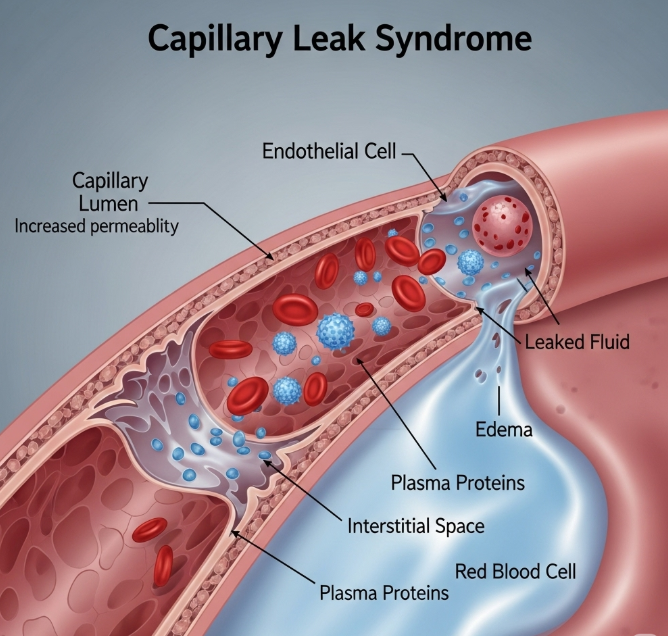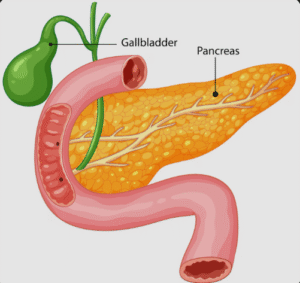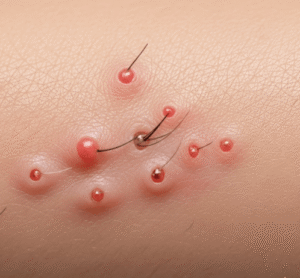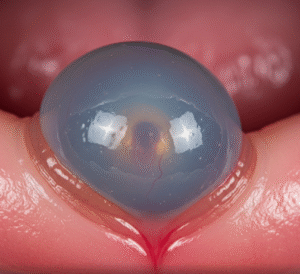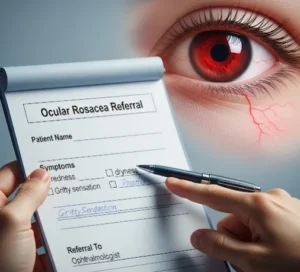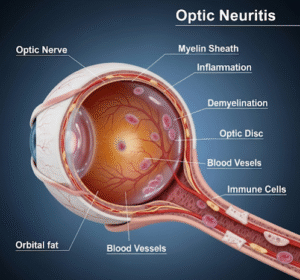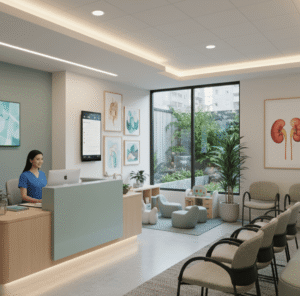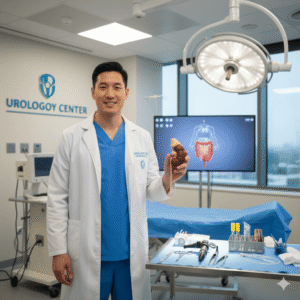Overview
Capillary Leak Syndrome (CLS) is a rare but serious condition in which plasma and proteins leak out of the small blood vessels (capillaries) into surrounding tissues. This leakage leads to sudden swelling (edema), low blood pressure, and thickened blood due to loss of plasma volume. CLS can be acute and life-threatening or chronic with milder episodes. In Korea, diagnosis and treatment are carried out in advanced hospitals with expertise in rare diseases and immunology, ensuring timely care and supportive treatment.
What is Capillary Leak Syndrome?
Capillary Leak Syndrome occurs when the lining of blood vessels becomes abnormally permeable, allowing fluid and proteins to escape into tissues. This results in severe fluid imbalance in the body. CLS can be idiopathic (no clear cause, also called Clarkson’s disease) or secondary, linked to infections, medications, autoimmune diseases, or cancer.
Symptoms
- Sudden swelling (hands, legs, face)
- Unexplained rapid weight gain
- Low blood pressure (hypotension)
- Dizziness, fainting, or shock
- Fatigue and weakness
- Decreased urine output
- Thickened blood leading to clot formation
- In severe cases: multi-organ failure
Causes
- Idiopathic CLS (Clarkson’s disease) – cause unknown
- Secondary CLS may occur due to:
- Viral infections (influenza, COVID-19, etc.)
- Certain chemotherapy or immunotherapy drugs
- Autoimmune diseases (lupus, rheumatoid arthritis)
- Blood cancers (lymphoma, multiple myeloma)
- Severe allergic or inflammatory reactions
Risk Factors
- Middle-aged adults (most common in idiopathic CLS)
- Patients undergoing chemotherapy or immunotherapy
- Individuals with autoimmune diseases
- Recent severe viral or bacterial infections
- History of similar unexplained episodes
Complications
- Circulatory shock
- Organ failure (kidney, liver, lungs)
- Blood clots due to hemoconcentration
- Pulmonary edema (fluid in the lungs) after recovery phase
- Death in severe untreated cases
Prevention
- Regular monitoring for high-risk patients (autoimmune, cancer, immunotherapy)
- Early recognition of symptoms (sudden swelling, low BP)
- Avoiding triggers such as certain medications when possible
- Long-term follow-up in patients with known idiopathic CLS
Treatment Options in Korea
Korean hospitals provide emergency care and advanced therapies for rare diseases like CLS.
Emergency Management
- Rapid intravenous fluids (carefully monitored to avoid lung overload)
- Vasopressors (to support blood pressure)
- Oxygen therapy or mechanical ventilation if lungs are affected
Medications
- IV immunoglobulin (IVIG) – effective in preventing recurrent attacks in idiopathic CLS
- Corticosteroids – reduce inflammation and vascular permeability
- Theophylline and terbutaline – sometimes used for prevention
- Anticoagulants – to reduce blood clot risk during hemoconcentration
Long-term Management
- Regular follow-up with immunology/hematology specialists
- Monitoring for recurrence with preventive medication
- Supportive rehabilitation for organ recovery

